Many believe that “world elites today face one set of problems; defending power and privilege over a global good they never had to compete for before”. Critics claim that climate change and global warming are not a threat like that of ozone depletion or even nuclear weapons, its nature is completely different. Climate problem cannot be fixed without broad social and political changes. For global elites, these realizations are inevitably harder to stomach than the threats posed by global warming itself.
Scholars now firmly believe that the natural life span of a civilization with subsistence economy may last for several thousand years, whereas life span of a civilization lost in industrial-greed is only of few hundred years. An industrialized minority has been overusing the earth’s ability to cleanse the atmosphere of excess carbon and other greenhouse gases.
Climate change is blamed on several human activities, but the biggest contributor is our current energy practice involving fossil fuels. So, to fix climate problem one needs to sort out a new way of getting energy. The climate problem is mostly an energy problem”.
BAU Techno-fix
The ongoing controlled centralized energy dynasty does not want to lose its grip over global energy business. Hidden agendas always resist and delay the needed change in the existing energy practices, and techno-fixes are promoted to avoid new possibilities. So, it won’t be surprising to see Barack Obama’s voice against the high dams in Nepal. People of his stature should have denied this “act of a puppet” in the hands of world energy tycoons, but its business after all. These energy tycoons are interested to do thermal/nuclear energy business in India, where cold water from Nepal is a gift in maintaining the needed thermal balance along the Indian shoreline (please Google: Water and Thermal Pollution + prasashan.com).
Ice Storage Installations, a lucrative business option using concept of thermal storage (more specifically power-to-heat), now is on-rise in many parts of the world including New York and Delhi. The claimed attractive economics, environmental benefits, and added reliability are turning thermal storage into a new techno fix for the surplus intermittent solar and wind generations.
New York has only hand-count hot days annually with July as the hottest month with average high temperature of 29oC. This means Ice Storage Installations are only applicable to few bigger clients. In contrast to NY, Delhi and similar Indian cities burn annually over a nine month period. On top of ever increasing pollution and water scarcity problems, these areas if supplemented by anthropogenic heat induction from refrigeration cycles, whom to blame for the increased pain, loss and stresses of the ordinary citizens there?
Just imagine an integrated approach where near freezing water in bulk is supplied to these areas such that thermal energy of this water is used concurrently for cooling and pollution control, in addition to inbuilt enhanced water security.
Cries of the world
Recent report reads; “Water shortages, one of the most dangerous challenges the world faces, is far worse than previously thought. Scientific analysis reveals that at least two-thirds of the global populations (over 4 billion people) live with severe water scarcity for significant number of days every year. Many of those living with fragile water resources are in India and China. Similarly, 2016 was the hottest year on record, setting a new high for the third year in a row, with scientists firmly putting the blame on human activities that drive climate change.”
Demand for global energy services to support economic growth has been growing significantly and so does the fuel share of CO2 emissions. The increased CO2 emissions from 15,637 MtCo2 in 1973 to 31,734 MtCO2 in 2012 (IEA 2014) tells the story of anthropogenic induced emissions in the world atmosphere. Recent events of Beijing red alert and massive pollution level in Delhi urges for a drastic change in our energy practices mainly dominated by fossil fuels.
India’s domestic energy consumption has increased from 80 TWh in 2002 to near 240 TWh in 2016, and constitutes nearly 23% of total electricity consumption. With constant increase of Indian GDP and consequent increase in consumer purchasing power, plus PM Modi’s commitment for housing for all by 2022, recent trend of cooling demand stress over electricity is alarming. This will lead to a significant escalation in harmful emissions in the coming decade for sure.
Gap Analysis
In hunt of more controlled energy market by world energy tycoons, the importance of systematic heat sector management has largely been ignored. Heat represents almost half of the world’s final energy consumption. Somehow if direct heat-energy related burden on power grid is reduced, it will curb a massive control over pollution (all type including thermal) through avoided fossil fuels and nuclear technology.
The best energy system basically has two distinct features; least environmental impact and simplicity in design. Air conditioning a space with electricity powered refrigeration cycle will dump heat and pollutants into the environment. Cumulative effect of such pollution is significant but nobody ask whether that is fair. What’s about cooling a space, wherever possible, by naturally chilled water from high altitude? This eventually will lead us to the manifestation of several “Manasarovars”- a symbol of huge storage of cold water at high altitude. But how such storage is possible? How complicated will be the system and how much pollution will it cause? Will it be aligned to the natural water cycle? Now it is the time think on these issues.
Storage is an integral part of our world, from the food in our cupboards/cold storages, to the water in our tanks, lakes and dams. Storage balances supply and demand. Like seasonal crops are harvested and stored, same is true with rain water and by doing it mankind will not disturb any stages of natural water cycle except run-off stage. Big water masses are never against the nature. They are the most natural things on the planet with over 71% existence. But people without common sense do not understand the simple fact that the “true intelligence functions only when intellect lies low” (quoted).
Proper utilization of natural resources is today’s demand. Water at Koshi barrage is least efficiently used through irrigation, drinking and industries. The same is true with the water at Gandak and Tanakpur barrages with limited electricity generation. What if, someone claims that it is possible to generate over 40 kWh of electrical energy (eqvt.) per 1000 liter of Nepali water, plus the water availability for drinking, irrigation and industrial uses at places which presently facing water scarcity problem?
Political economy
Altitude is the guiding factor in the spatial variation of temperature. With its unique geographical features, Nepal has its high lands with average temperature near 0°C and low lands near 32°C. Natural flow of water in this part is from North to South. Just imagine what happens when water is pumped back in the higher elevation of 3500 – 4000 meter? For those who know little bit of calculation can easily understand that for a temperature difference of 30°C, the energy delivered is over 30 kWh per 1000 liter of water.
Pumping water up for 2500 meters and discharging it down to 3500+ meters will compensate the energy losses in the loop. But it provides the most reliable source of energy through extremely high head hydropower plants with most efficient water to electricity conversion. Discharges from 3500+ m head HPPs will have water at nearly 0°C. This near freezing water then can be channelized to hot cities to meet the cooling load demands. Afterwards, the water can be released for drinking, irrigation and so on.
The only problem in the concept is the unavoidable thermal losses in the longer waterways. But in the start, easily accessible foot-hills and Terai plains in Nepal can be designed to offer world’s cheapest cold storages facilities from near freezing water. With China’s OBOR, these areas of Nepal can be made a buffer zone for both Indian and Chinese perishable goods.
With completion of Melamchi’s 27 km underground water tunnel it is clear that longer tunnels in Nepal are possible. Once operated, this tunnel provides the opportunity to serve the initial waterway thermal loss estimates across 27 km length.
A way forward
Electricity is like Jinn (kid-story) which if not continuously used and engaged is believed to kill you. Not understanding the moral of the story, energy sector leaders of Nepal instead of finding huge internal electricity market herein, is looking India as its market. What else will be better than pumping water up and up in the higher elevation to store huge quantity of electricity from hydropower spills and intermittent generations like solar and wind, supplemented by natural gift of thermal energy from higher elevation?
Jinns in fact are highly energetic souls always thriving to do something more, but without thinking the future consequences. This is why Jinns of Nepal must be kept busy in repeated works but with quality, as they are far from understanding the essence of new Manasarovars. Dry Hydro Power Concept recently coined in Nepalese energy sector should be the only hydro model to be allowed for these highly energetic souls of Nepal (please Google: Number One in the World + prasashan.com).
Nepal requires a new vision to look Nepali water in bulk at different elevations and not individually in different segments of a river. This approach requires few stable north-south corridors where reliable high head water-ways channels in bulk can be constructed for world’s most efficient water-energy conversion. For zero sum game, if fund allocation efficiency and best way of water-energy conversion gets ignored, it will ruin full potential of Nepal’s hydro resources (like we made our Kathmandu city) for sure.
Optimum resource utilization demands Nepal to visualize its ultimate energy system design from 50 to 100 years perspective, viz through; (i) massive scale rainwater harvesting through three gradient lakes system (ii) the most efficient water to energy (electricity and thermal) conversion and (iii) the dry hydro-power concept. These eventually will convert Nepal as the biggest natural battery system of the world. The water handling burden concept (nQ:mH << mQ:nH, Q & H for discharge and head, and n>>m) will serve as the guiding principle for these possibilities.
Imagine the scale of business option under this concept; (i) most efficient water to electricity conversion, (ii) sale of huge quantity of thermal energy of water, (iii) huge possibilities of carbon trading, (iv) possibility of huge quantity of water sale, (v) massive scale cold water fish farming, and (vi) establishing wastage rainwater as the raw material for pollution control and water security.
Pollution free products (electricity, cold energy, carbon trading, water etc.) on per 1000 liter water basis make this business option most fair and transparent. Thus, what was relevant in past may not be relevant now, and seeing the gravity of this concept, it’s time to correct the past blunders made by both Indian and Nepali leaders in the river treaties.
Keeping business as usual aside, Nepal needs a new development partner like BRICS and its founding members to implement this concept. India can utilize similar concept in its states like Uttarakhand and Himanchal. Proper implementation of this concept will make BRICS (and the likes) deserving for the Nobel Peace prize for the scale of their services to climate and water starving population.
Conclusion
Instead of limited desire of lineage salvation, time demands a story of a new Bhagiratha, this time helping manifestations of several new Manasarovars and bringing back the lost river Sarasvati to relieve people from pollution and water scarcity. Learning lessons from the bitter lesions of the past, I hope leaders of India and China at least will understand the importance of this concept, and specially PM Modi who is running a Swachh Bharat Abhiyan.
Manasarovar Lake was first created in the mind of the Lord Brahma after which it got manifested on Earth. Concept of three gradient lakes system whereas is the pre-requisite in the manifestation of future Manasarovars.
Nepal’s unique resources must be used and exploited for the better global cause. No zero sum game should be allowed. For prosperity of Nepal and its neighbors, the heat energy in mountain, water, plants and human beings must be explored properly as indicated in RigVeda (Ch 1, 59.3);
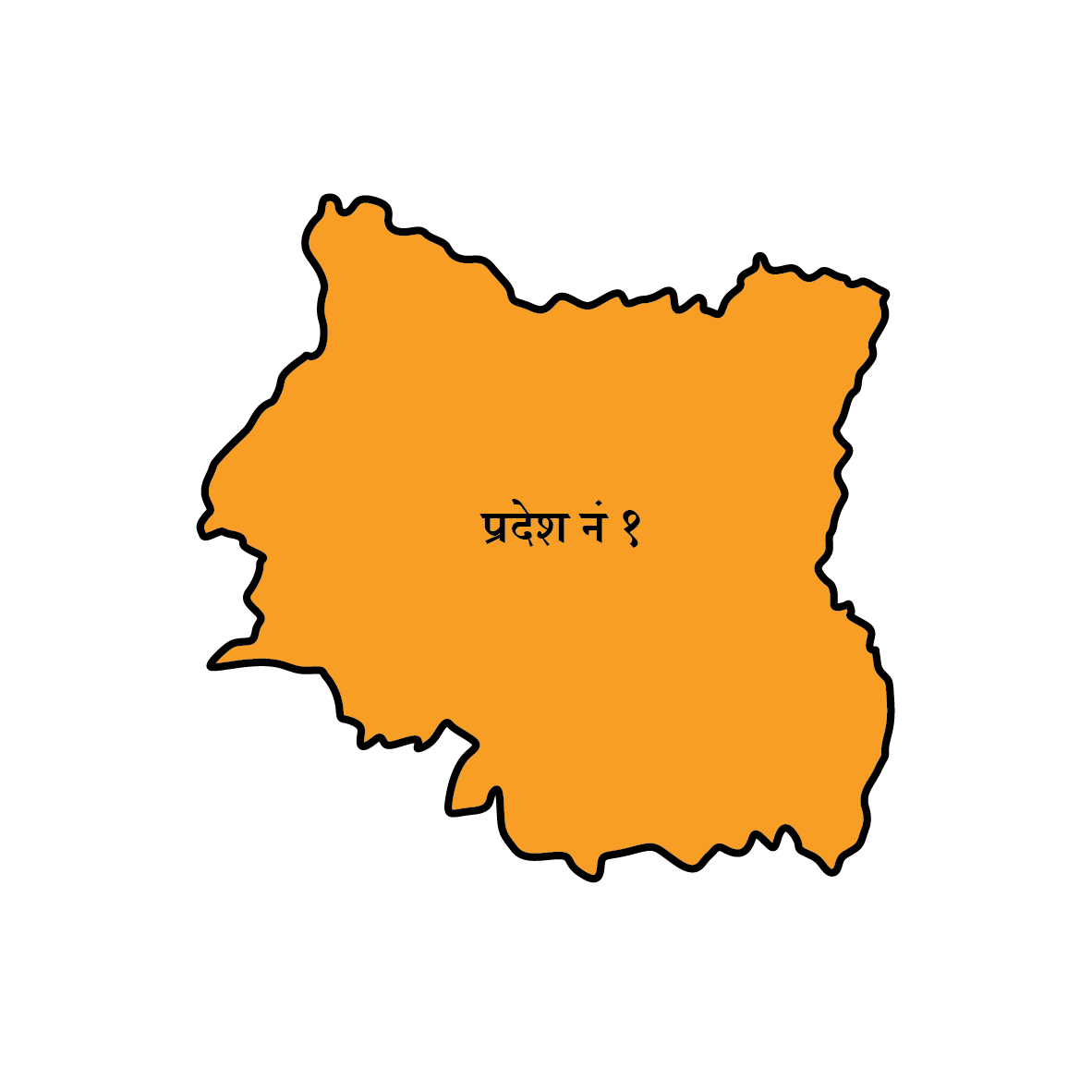 कोशी प्रदेश
कोशी प्रदेश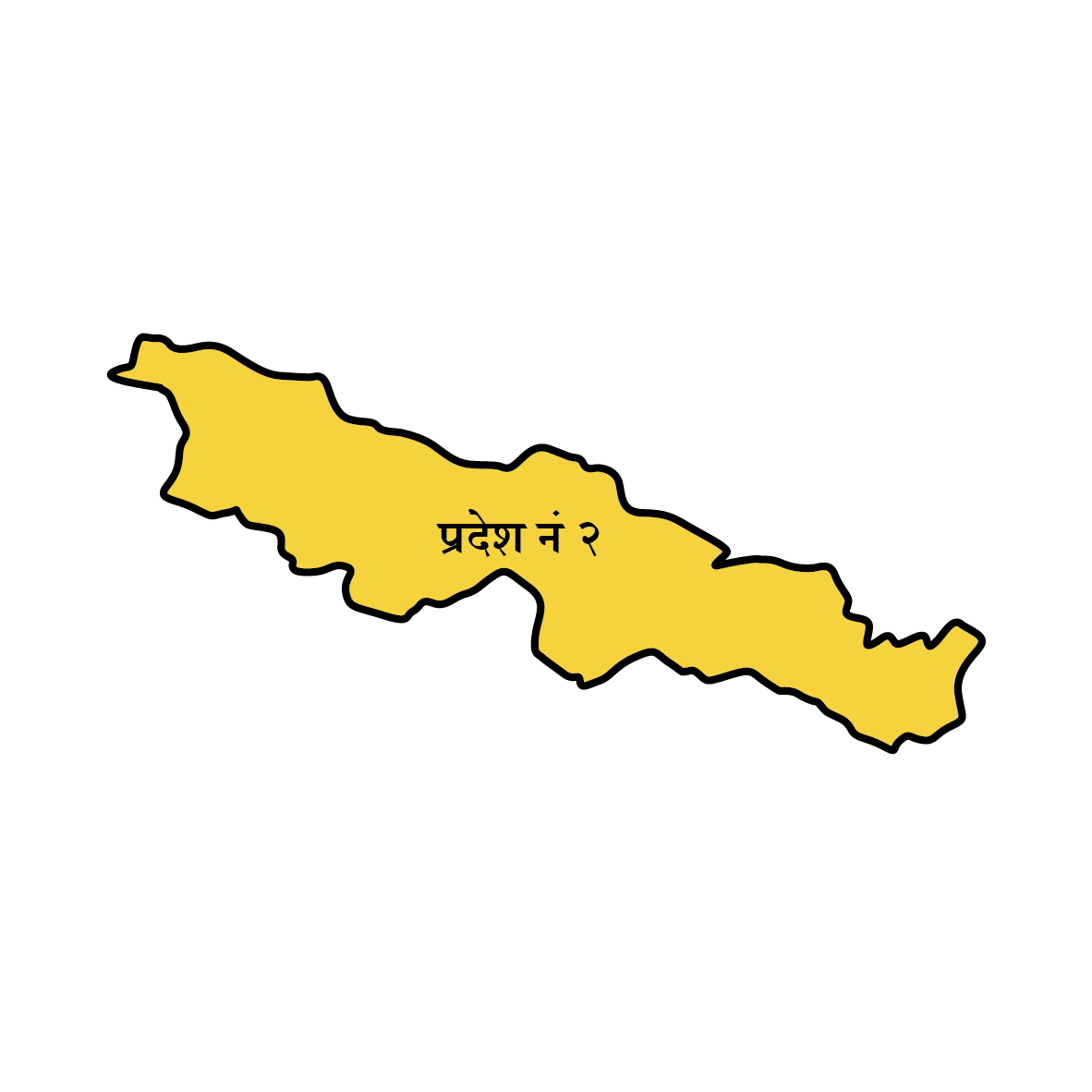 मधेश प्रदेश
मधेश प्रदेश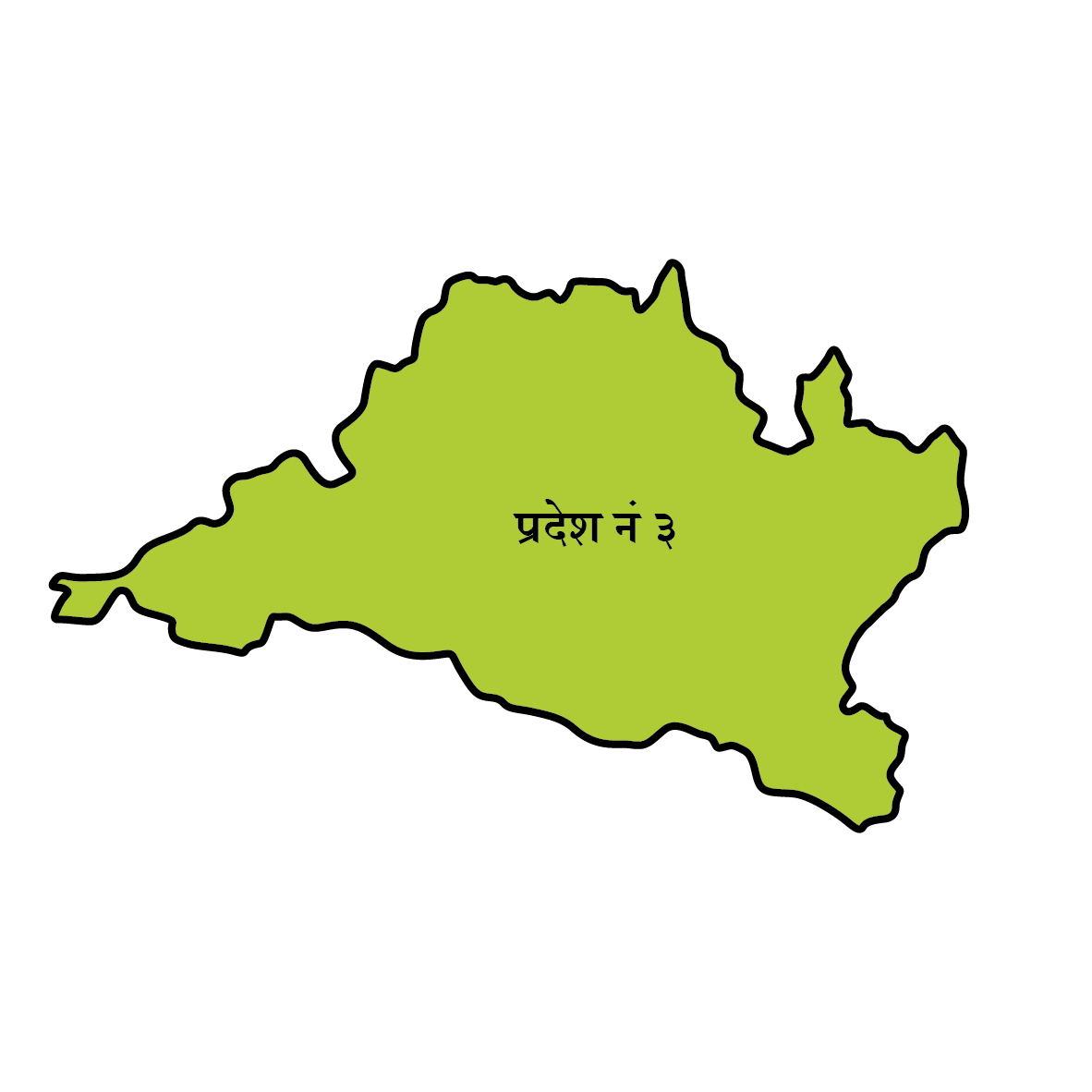 बागमती
बागमती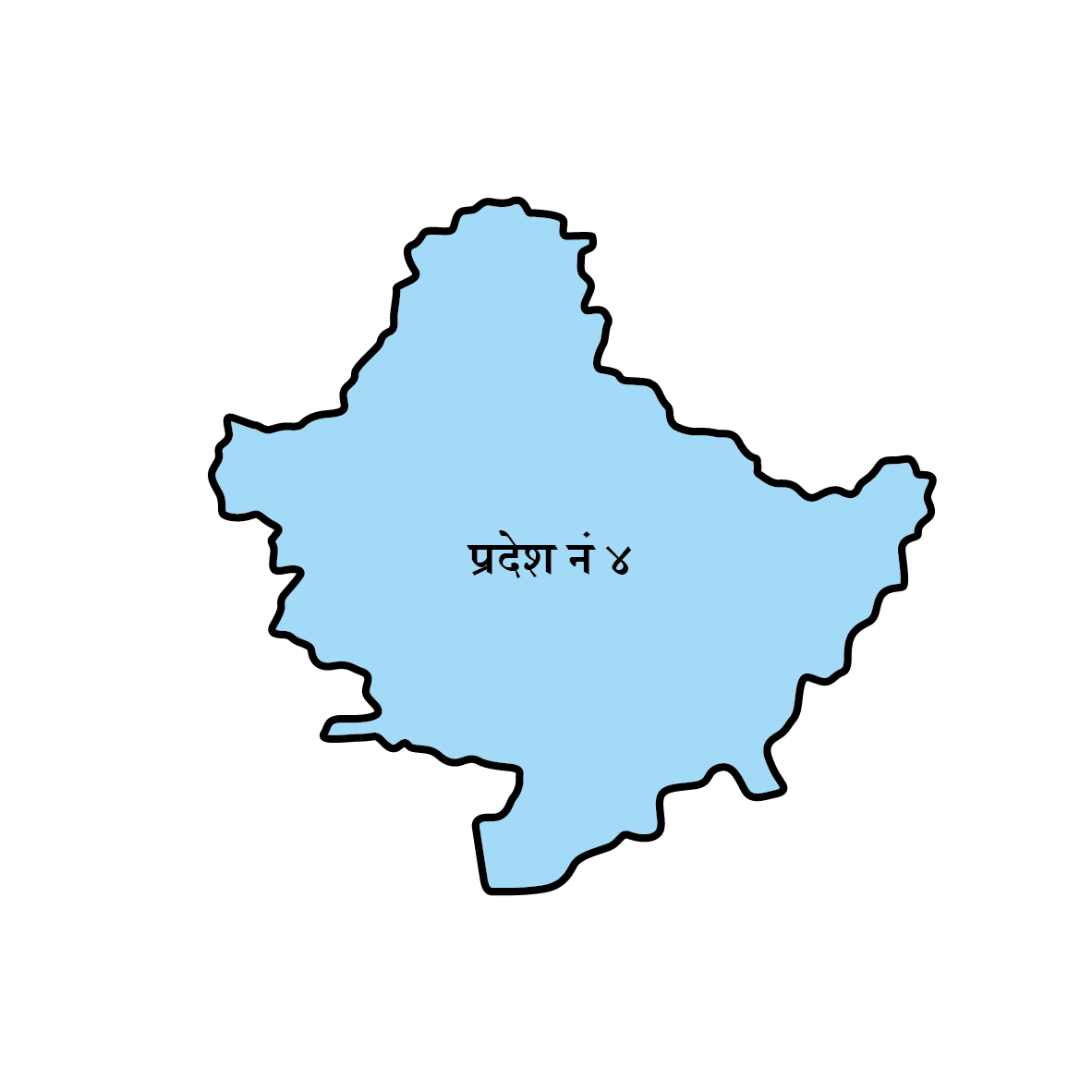 गण्डकी
गण्डकी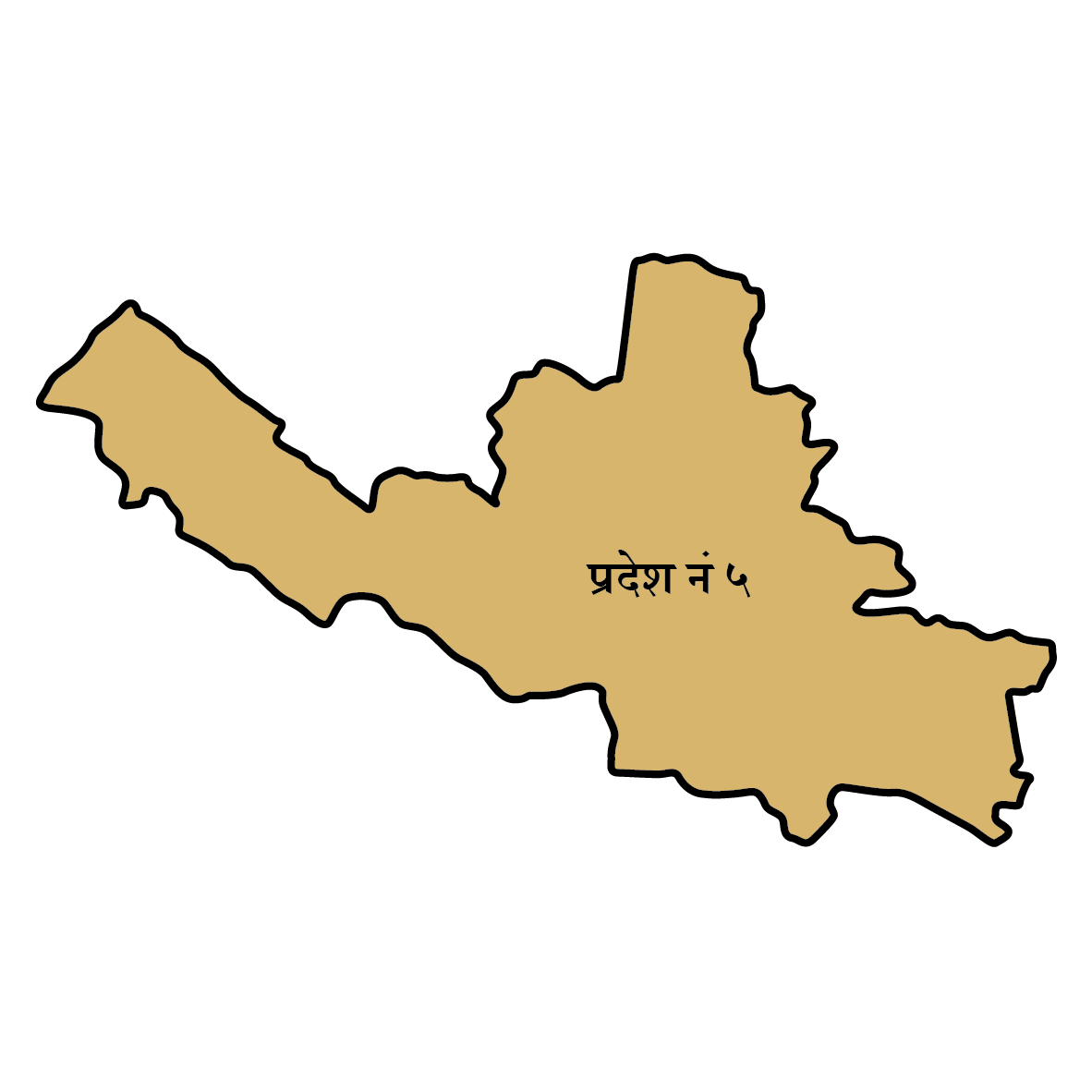 लुम्बिनी
लुम्बिनी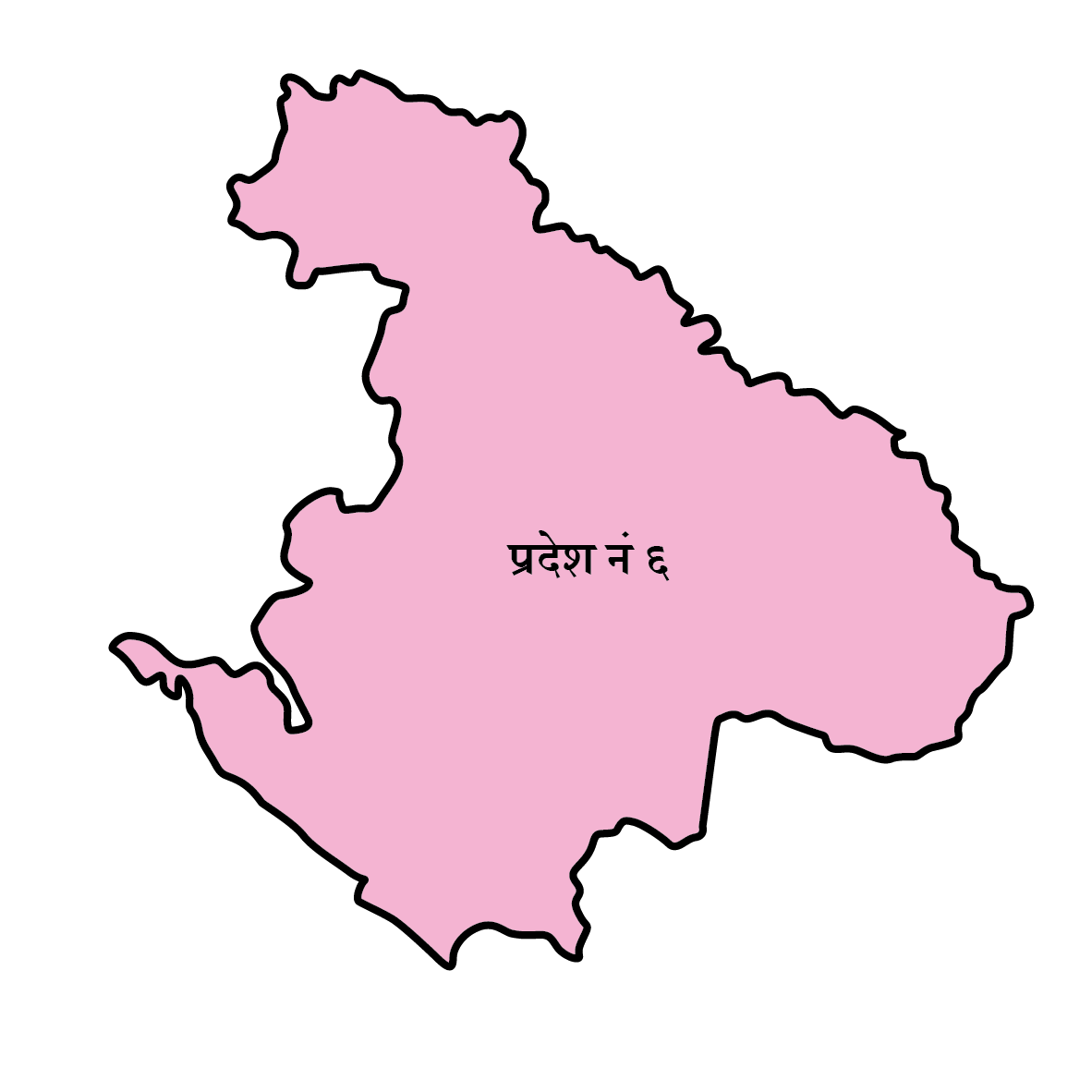 कर्णाली
कर्णाली 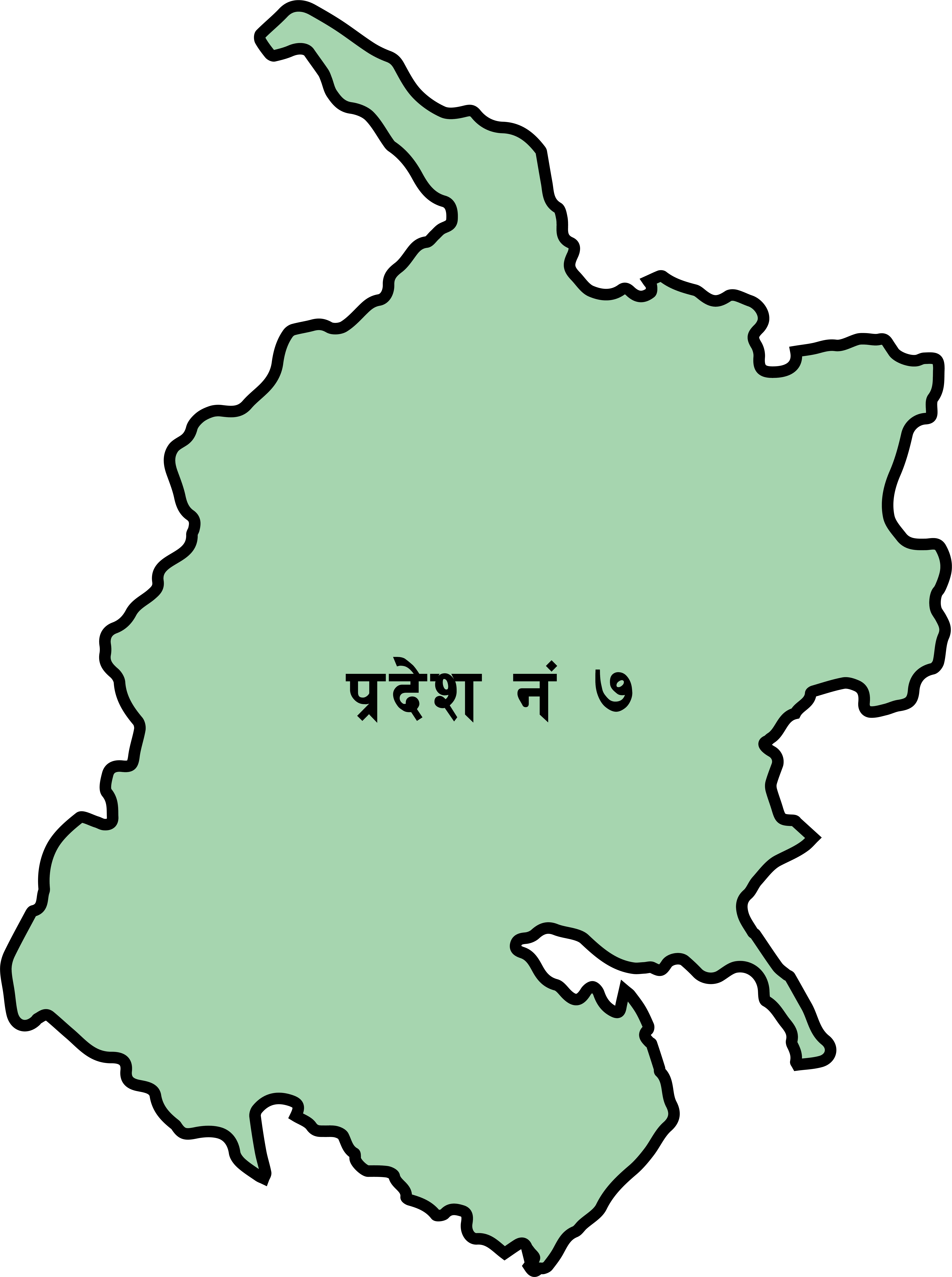 सुदूरपश्चिम
सुदूरपश्चिम
















